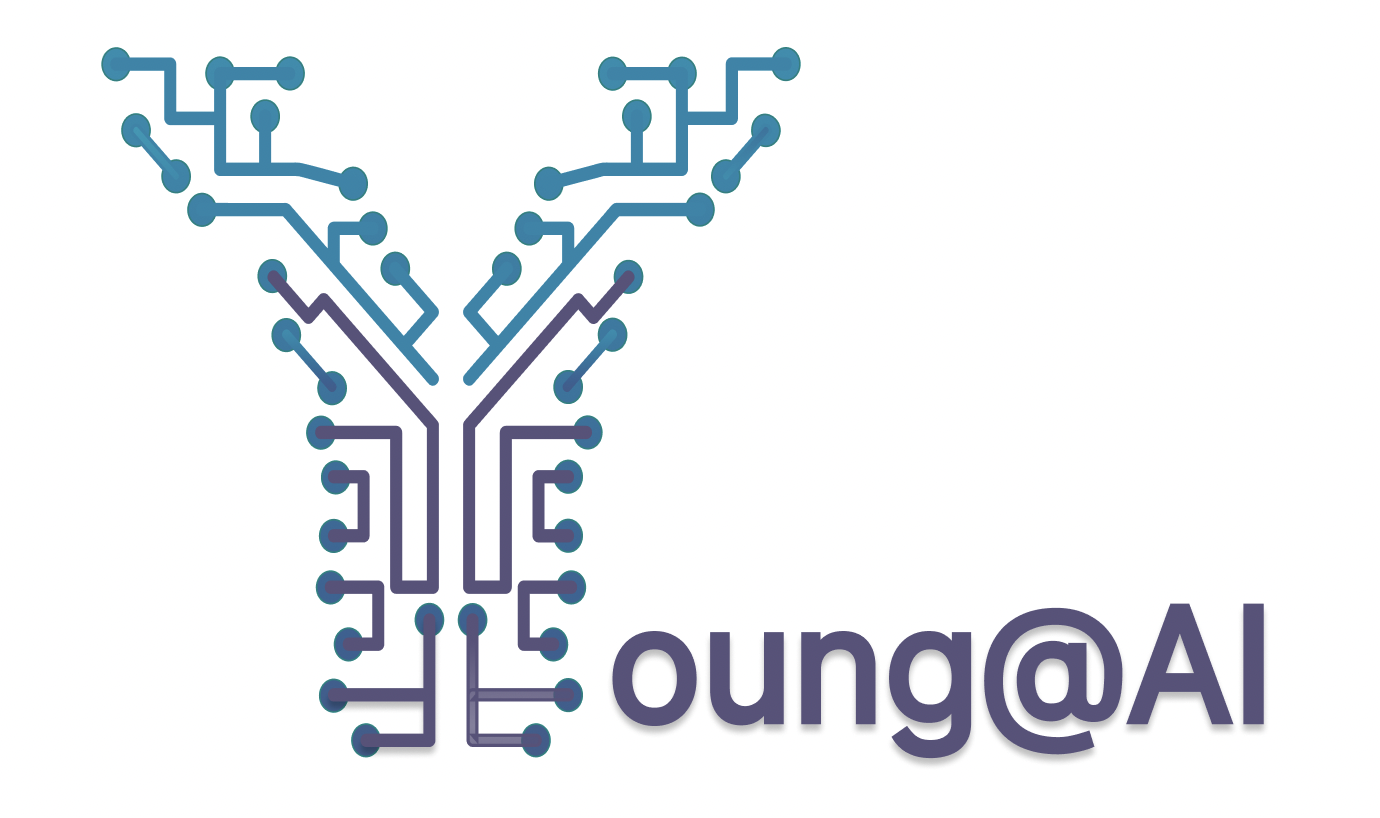Tesla Optimus – Tesla (Austin, Texas, USA)
Tesla’s Optimus is a humanoid robot designed to help with factory work, home tasks, and physical labor. Unlike traditional industrial robots, Optimus uses AI-powered vision, motion control, and machine learning to understand objects and move more naturally. It can walk, pick up objects, and even learn new tasks over time. Tesla plans to use Optimus in its own factories before making it available for commercial use.
See Optimus in action here
Atlas & Splot– Boston Dynamics (Waltham, Massachusetts, USA)
Atlas is a highly agile humanoid robot designed for advanced movement and mobility. It can run, jump, do backflips, and navigate complex terrain, making it one of the most advanced humanoid robots ever built. Powered by AI-based motion planning, reinforcement learning, and computer vision, Atlas can react to obstacles and maintain balance even in rough environments. While it’s not yet used for commercial purposes, it shows how AI is improving robotic mobility and coordination. Spot is a four-legged robotic dog designed for inspection, security, and industrial automation. It uses AI-powered perception and SLAM (Simultaneous Localization and Mapping) to navigate environments autonomously. Spot can walk on rough terrain, climb stairs, and even help in disaster recovery missions. It is already being used in construction, mining, and law enforcement for surveillance and data collection.
See Atlas, Spot etc in action here
π₀ (Pi-Zero) – Physical Intelligence (San Francisco, USA)
π₀ (Pi-Zero) is not just a robot—it’s an AI "brain" that can control many types of robots. Developed by Physical Intelligence, this AI system allows robots to understand and perform tasks just by receiving text instructions. Unlike robots that are programmed for specific tasks, robots using π₀ can adapt to new challenges, like folding laundry, sorting items, or handling fragile objects. This universal AI system is designed to work with different robotic hardware, making it a major step toward general-purpose robotics.
See Pi-zero in action here
Unitree Go2 – Unitree Robotics (Hangzhou, China)
The Unitree Go2 is a highly affordable and agile quadruped robot designed for personal, industrial, and research use. Unlike other robots that rely on expensive sensors, Go2 uses AI-driven computer vision, real-time movement adaptation, and deep learning-based navigation. It has voice interaction, autonomous obstacle avoidance, and precise motion control, making it useful for security, research, and even AI-assisted companionship. With advanced AI models trained for real-world applications, Unitree’s Go2 is one of the most promising AI-powered quadruped robots for commercial use.
See Unitree in action here

